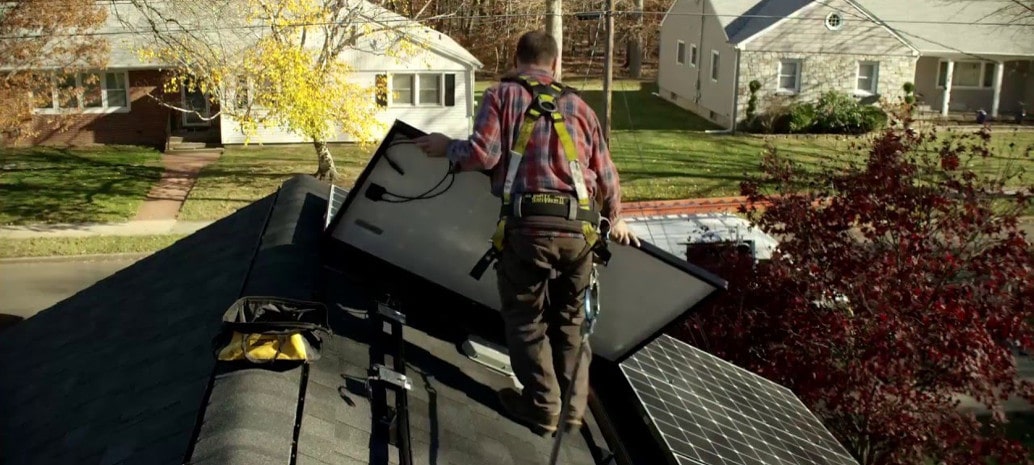The last few weeks have seen a boom in efforts to step up and extend state-level renewable energy mandates, with ballot initiatives and bills in Maryland, Michigan and Nevada seeking to extend the timelines of policies soon to expire, as well as increase targets.
As the latest, the office of Connecticut Governor Daniel P. Malloy has filed a bill to extend the state’s Renewables Portfolio Standard (RPS) from the current 28% by 2020 to 40% by 2030. However, the bill would also dismantle the state’s net metering policy. Under the bill, utility customers who install rooftop solar would instead be paid under 20-year contracts for a combination of the energy value of the electricity they generate and their renewable energy credits (RECs).
The bill is backed by two senators and two state representatives and has been referred to the state legislature’s Joint Committee on Energy and Technology.
The filing of this bill follows on a proposal by the state’s Department of Energy and Environmental Protection (DEEP) in its Comprehensive Energy Strategy published earlier this month, as one of many plans to address the state’s greenhouse gas emissions.
There is a bit of an irony that the report has a home with rooftop solar on its cover, given that DEEP recommended the measure to scrap the state’s net metering law and replacing it with a system that is likely to reduce compensation for solar and thus deployment volumes.
The report does discuss the tension between rooftop solar and large-scale renewable energy projects, noting the lower per-unit cost of large installations but also the unique benefits of distributed generation. In the end DEEP echoes the language of utilities, alleging a “cost shift” to other customers. Such a statement is in contrast to the many studies have shown that in states with low penetrations of solar like Connecticut – where the resource meets around 1% of electricity demand – rooftop solar is a net benefit to all utility customers.
Furthermore, by proposing to gut net metering and focus on large-scale renewable energy DEEP may be undermining its own targets.
The Comprehensive Energy Strategy notes that rooftop does not face the same siting challenges that “grid-scale” projects often encounter. This may be something of an understatement, as in densely populated Southern New England competition for land uses is fierce, and both Connecticut and neighboring Rhode Island have seen local and municipal opposition to large-scale solar as well as wind.
This content is protected by copyright and may not be reused. If you want to cooperate with us and would like to reuse some of our content, please contact: editors@pv-magazine.com.









this may be the straw that broke the camel’s back in killing solar/renewables for businesses in CT. Shocked that this is considered a solution rather than a major road block.
What happens when energy rates increase to greater than the solar “credit” given for 20 years? CT does NOT support solar
Typical as most of the politicians in CT have their heads up their own asses, or their face in the trough of public monies. Way to go Malloy…you’re a jerk-off